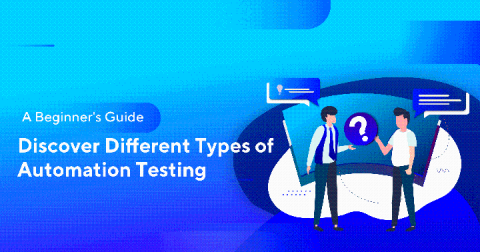Applications at the Speed of Low-Code
The COVID-19 global pandemic has added new urgency to the quest for digital transformation. The pandemic disrupted business processes and displaced and disconnected people. Organizations across the globe witnessed first-hand that the speed with which they could get new automations and applications in place could literally make or break the company. The world quickly learned what some industry leaders already knew: the ability to develop an application and quickly bring it to market is crucial.






